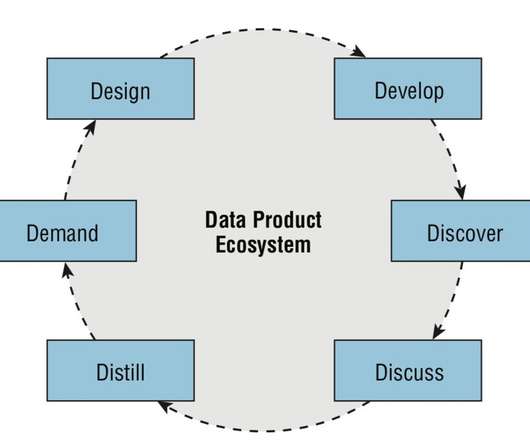Sport analytics leverage AI and ML to improve the game
CIO Business Intelligence
APRIL 8, 2024
The insights are then provided to the team captain via a dashboard on Microsoft Surface devices. With this huge amount of data per month, we’re able to offer stats and reports,” says Ana Rosa Victoria Bruno, innovation manager at LaLiga. Bruno’s advice: Create a multidisciplinary team.














Let's personalize your content